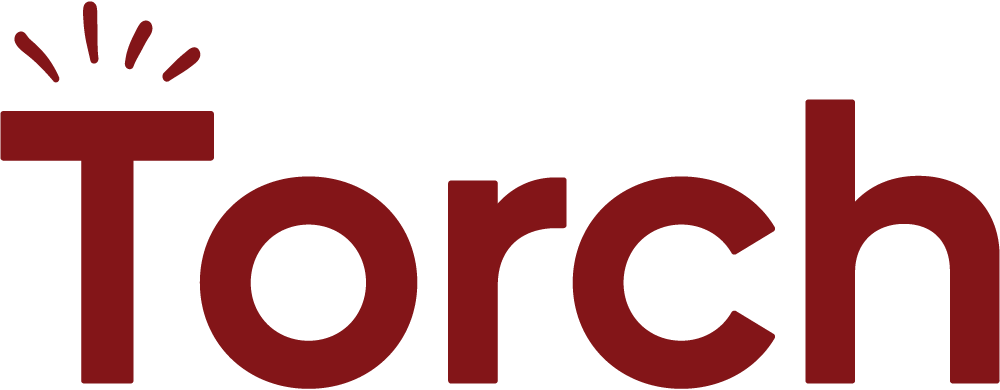“Workplace collaboration is employees communicating and working together, building on each other’s ideas to provide something new or do something differently. A collaborative organization unlocks the potential, capacity, and knowledge of every employee, thereby generating value, innovation and improving productivity in its workplace.”— Deloitte
Teamwork is trending. Organizational leaders are responding to a growing remote workforce and a shifting culture that prioritizes connection over competition.
Companies that promote cultural collaboration show higher performance rates, with workers sticking to task 64% longer than those working alone — A recent Clear Company survey reveals:
- 97% of employees and executives believe lack of alignment within a team directly impacts outcomes.
- 75% of employers rate teamwork and collaboration as “very important.”
Yet, the study also reports, “Less than half of survey respondents said their organizations discuss issues truthfully and effectively.”
Many organizations still suffer from the “silo effect” where teams work in insolation and performance is measured against profitable outcomes. This often leads to an abundance of outspoken, performance-driven salespeople in executive positions regardless of leadership ability.
In this article, you will learn:
- The difference between top-down and collaborative leadership styles
- How to break free of traditional silos and cultivate a collaborative culture
- Real, measurable benefits collaborative companies are realizing
What’s The Downside to Top-Down Leadership?
Organizations invest millions in executives with impressive references. In actuality, it’s rare for a wunderkind to have an outsized impact on multiple companies. For every Phil Jackson, there are twice as many Mike Ditka’s (A basketball coach who lead two championship teams vs. a one-hit-wonder football hero).
We can’t evaluate their leadership success without acknowledging the teams they were coaching. The same goes for the workplace. Effective leadership often correlates with the degree of collaboration within an organization.
So what does collaborative leadership look like in contrast to traditional top-down leadership styles?
Studies show, tyrannical top-down management approaches that congratulate a grind-it-out environment typically fall flat. Leaders must work to facilitate a team climate that prizes knowledge sharing and connection.
Autocratic or Top-Down Leaders:
- Infrequently ask cross-functional team members for their point of view or input
- Put less emphasis on idea development and more on task completion
- Rarely delegate or entrust their teams with important tasks
- Incentivize performance with a system of rewards and punishments
Collaborative Leaders:
- Treat employees as individuals with unique talents and actively engage with them
- Invest in relationships and build trust with colleagues and direct reports.
- Don’t rely on their title to influence others.
- Accept change and know when to relinquish control.
The Bottom-Line Benefits of Collaborative Leadership
The Silo Mentality costs companies billions of dollars every year. In contrast, teams that share insights generate more profitable ideas. When you work with one another and build a culture of collaboration, you’ll notice:
- A more dedicated team — 54% of those surveyed cited collaboration and a sense of community as impacting how long they stayed with a company.
- Engaged employees — More than a third of Millennial employees want a more collaborative work environment.
- Increased productivity — Knowledge workers spend upwards of 14% of their workweek interacting internally. Through improved collaboration, productivity from those interactions can improve by up to 25%.
Want a Collaborative Team? Start By Modeling Collaboration.
The adage, “Do as I say, not as I do,” won’t fly here. Your team is watching how you interact with other executives and cross-functional leaders. If you want to motivate your team toward successful collaboration, you’ll need to lead by example. Start by:
- Providing Honest Feedback to other Executives – It’s easy to say, “that’s not my department,”but the decisions of one leader can impact the entire organization. Ambiguous goals, disconnect between vision and actions, or a lack of direct feedback can influence everyone. Be honest to help each other manage change successfully.
- Recognizing Skill Gaps – Most leaders acknowledge their strengths and weaknesses but even the most self-aware have a few hidden opportunities. Work with executive coaches who can help you identify your deficiencies. They can help partner you with leaders in your organization whose strengths complement your weaknesses.
- Becoming an Organizational Thought Leader – At the same time, know your strengths and make them available to those around you. Encourage other managers, executives, and employees to come to you with questions in your areas of expertise.
Feel Ready to Foster the Next Team of Innovators and Collaborative Leadership?
You’ll need these key ingredients to fuel innovation and harness the power of collective intelligence:
- Trust – Build credibility with your team and give your team space to deliver. Ask for their input and expertise. Walk your talk and keep your promises.
- Identify Your Silos – Silos are bad for business. Find out where your most significant communication barriers are and encourage information sharing as a matter of practice. Take steps to discourage silo-ing by facilitating cross-team communication through meetings and team-building exercises.
- Share the bigger picture – Include your team in the visioning process to create greater buy-in, motivation, engagement, and satisfaction. The more your people connect to your shared goals, the more motivated they will be.
- Remedy feedback fears – Call out efforts of teams and individuals. Model a willingness to look at what you can improve, rather than just focusing on the team. Torch trains executives on how to actively solicit detailed feedback and support personal and team growth at all levels of their organization.
- Encourage Risk-Taking – Create a culture of collaboration, creativity, and innovation by encouraging and celebrating calculated risks. See small failures as part of the experimentation process.
- Hire a talent-diverse team – A recent study showed when tackling complex problems, teams with diverse skill sets outperform highly specialized teams . Encourage the sharing of expertise and cross-functional ideas.
Check out our ebook, 10 Leadership Styles You Should Know, to learn more about different approaches to leadership and when and how to apply them.


